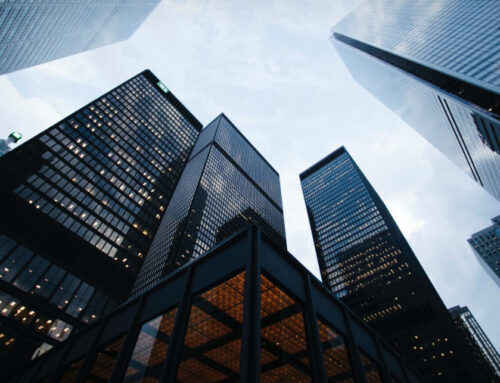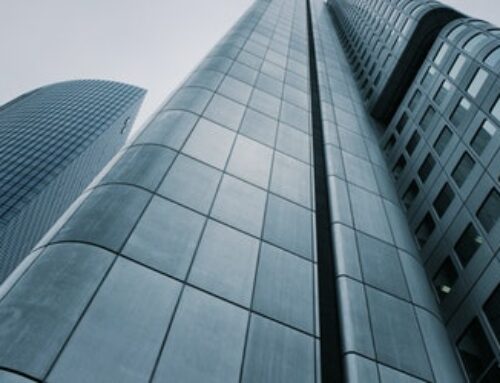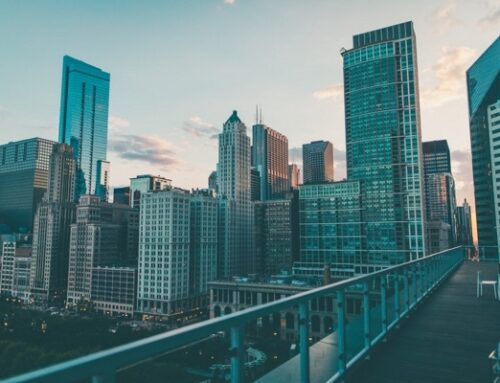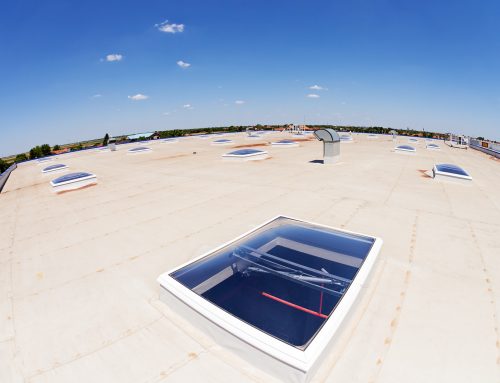Toronto commercial property owners only invest in the best building materials. To know if they did, they want to know the answer to “how long does your type of commercial building roof typically last?”
Many types of industrial roofs provide excellent roofing durability and longevity for extended periods. In fact, warehouse roof types virtually have the same qualities of industrial and commercial roofs.
Whether you’re trying to know more about commercial or industrial building roof types and their respective lifespans, durability, insulation, and even pricing, you’ve come looking at the right place.
Everything About Commercial Roofing and Its Respective Properties
- Usual Commercial Roofing Materials (4 items)
- Commercial Roofing Survival Factors (4 Items)
- Prolonging the Lifespan of your Commercial Roof
4 High-Quality Commercial Roofing Materials
In Toronto, commercial properties use flat roofing membranes and materials. Their reason: it is easier to install, repair, and maintain when they compare the price and time spent for traditional high-slope roof shapes. In addition, it allows their property to fit the urban aesthetic of the world-class city.
Here are four of the usual commercial roofing materials you might want to use.
Single-Ply Membranes
Manufacturers deliver them in rolls. These materials have the lightest weight yet deliver excellent protection, insulation, and lifespan for commercial properties. How long does your type of commercial building roof typically last if it’s single-ply membranes? On average, you can enjoy from 20-40 years of adequate protection at an excellent price.
Most single-ply membranes are self-adhering. Contractors will peel off the adhesive side, lay it down the roof deck, and use a roller to remove air and secure fastening of the layer. Some require heat-welds to install effectively on roofs for effective insulation and protection.
EPDM
Ethylene propylene diene monomer (EPDM) or rubber roofs are common commercial roofing materials. In fact, they’re available in small sheets just in case commercial roofs require repairs.
How long does your type of commercial building roof typically last with EPDM? The synthetic rubber sheet can last from 25-30 years with effective maintenance. However, it does not guarantee excellent UV protection if you use the affordable yet monotone black color. In addition, it is susceptible to foot traffic damage.
On the other hand, its pricing varies from $0.4-$1 per square foot. This makes it a famous choice among many Toronto properties.
Related: Know More About Rubber Roofs for Flat Roofs
PVC
Polyvinyl chloride (PVC) roofs share the same base ingredient as their water piping counterparts. However, they have added durability and impact resistance with the use of talc and fiberglass on their membranes.
In turn, PVC roofs offer excellent UV protection, insulation, and longevity. In fact, they have a 300 pounds-per-inch (PPI) capability allowing them to carry multiple HVAC units. PVC roofs have a 30-40 year lifespan too.
However, they are the most expensive single-ply membrane available in the market. PVC roofs cost about $10-$13 per square foot.

PVC roofs have excellent strength allowing them to carry multiple HVAC units.
TPO
Thermoplastic polyolefin (TPO) is the evolution of the traditional EPDM. Instead of using saw and slate dust for membrane reinforcement, TPO manufacturers use talc and fiberglass. True enough, it drives manufacturing costs higher than rubber roofs but property owners enjoy high-quality protection and impact resistance.
In addition to resisting higher foot traffic, TPO has excellent UV reflectivity because of its white color. Furthermore, it has a longer lifespan of 30-35 years with effective maintenance. TPO costs about $5-$8 per square foot
Modified Bitumen
Traditional tar and gravel roofs used waterproof membranes and roofing tar to make a huge membrane sandwich. Unfortunately, tar is a smelly and noxious material that takes time to dissipate. Therefore, manufacturers developed modified bitumen membranes as a quick and convenient modern alternative.
Instead of tar, manufacturers use prefabricated waterproof sheets caked with asphalt fillings in the middle. However, contractors must melt them on the property roof deck using a heat-weld instead of using nails to put them in place.
Modified bitumen roofs have a lifespan of 25-30 years. They cost about $3-$5 per square foot. In addition, they provide excellent property insulation, protection, and durable enough to withstand maintenance foot traffic.

Heat welding is a common practice in installing modified bitumen roofs.
Asphalt Rolled Roofing
Residential asphalt shingles are the most affordable options for homeowners. For commercial property owners, there is asphalt rolled roofing.
How long does your type of commercial building roof typically last if you’re using asphalt rolled roofing? Not too long based on our observations. The asphalt and felt membrane can last only from 15-25 years. In addition, it does not provide excellent protection against possible hailstorms.
However, if you need emergency roofing in the middle of extremely inclement weather, contractors can install this material the fastest because it is self-adhering and covers entire roofs quickly.
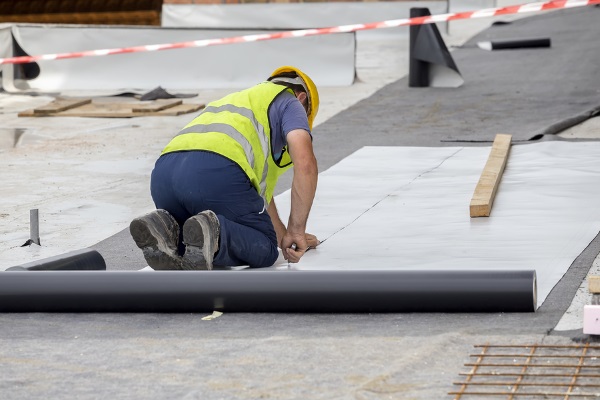
Asphalt rolled roofing is self-adhering. Therefore, roofers only need to remove the adhesive tape and roll them on the roof deck with a hand roller.
Standing Seam Metal Roofs
These materials have elegance and density when you take a closer look at the material. In addition, it works well with low-slope roofing material.
In fact, standing seam metal is an excellent choice for residential properties too. They offer excellent roofing protection, UV reflection and insulation, and a lifespan of over 70 years even with minimal roofing material maintenance. Furthermore, they are quick to install.
However, they have an extremely high price tag. Standing seam metal roofs cost about $15-$17 per square foot.
Related: The Best Flat Roofing Options For 2019 Commercial Roof Projects
How Long Does Your Type of Commercial Building Roof Typically Last?
There are several factors that affect the overall lifespan of your roofing material.
Weather
In Canada, the humid subtropical climate guarantees adequate summers and extremely cold winters. How long does your type of commercial building roof typically last in these situations?
Single-ply membranes can withstand cold temperatures without being brittle. However, modified bitumen and asphalt rolled roofs might freeze especially if made with poor materials.
Natural Wear and Tear
All roofing materials will wear out at some point. Even standing seam metal roofs at the end of their lifespan will have extremely poor durability and material density. Therefore, if your commercial roof is at the last five years of its lifespan, make sure to have it replaced.
Maintenance Consistency
Without effective maintenance, single-ply membranes, modified bitumen, and asphalt rolled roofing can lose 3-5 years of its average lifespan. In addition, it loses its protective capability too. Therefore, always have consistent maintenance with commercial roofing materials to lengthen their lifespan.
Foot Traffic
Lastly, a steady amount of foot traffic can damage EPDM roofs. While TPO and PVC can withstand a decent amount of foot traffic, heavy and consistent volumes will definitely cause long-term roof damage.
How to Prolong The Lifespan of Your Commercial Roofing Material
Choosing the right roofing material and providing effective maintenance are the keys to prolonging your roofing material lifespan and durability. In addition, you’ll need excellent roofers to install, repair, and maintain your commercial roof.
If you have yet to find a decent roofer, you can call on Cox Roofing Systems to help you with all your roofing needs. We have decades of experience having worked on dozens of commercial roofing projects city-wide. Contact us today for a FREE estimate!

